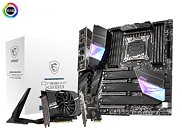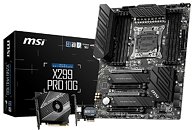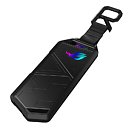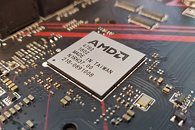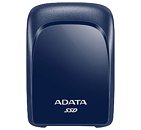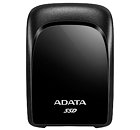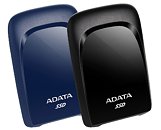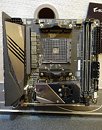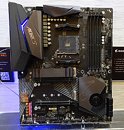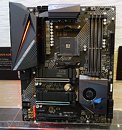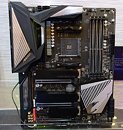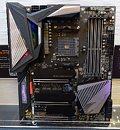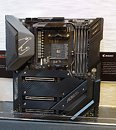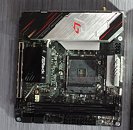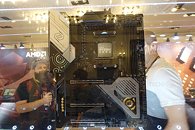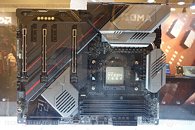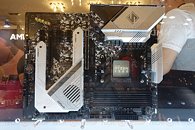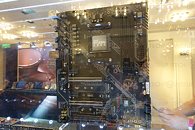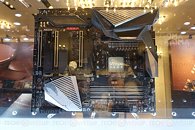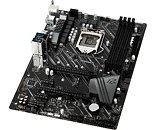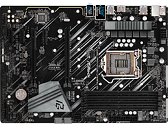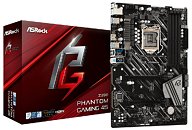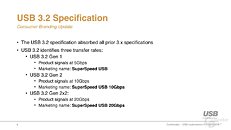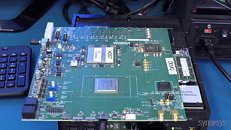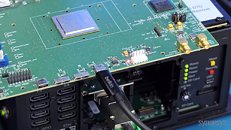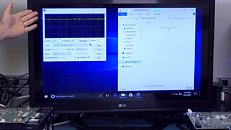ASRock came to Computex 2019 with a fairly big selection of socket AM4 motherboards based on the AMD X570 chipset. The lineup is led by the X570 Taichi, launched as a single SKU and not differentiated into an "Ultimate" variant. ASRock retains the characteristic gearwheel style along the board's styling. Almost the entire bottom half of the board is covered by a metal shroud that spreads heat from the chipset heatsink, and three M.2 SSDs. The chipset heatsink's fan is concealed behind a grille to not look like an eyesore. New generation connectivity options from this board include 2.5 GbE wired + 2.4 Gbps 802.11ax WLAN, and USB 3.2 ports. The Taichi looks a little less understated than its predecessors, with more RGB LED embellishments.
We also spied the X570 Steel Legend, with its polarizing "urban camo" print, and bright metal meatsinks and I/O shrouds. The Steel Legend series motherboards command interesting sub-$200 price-points, and it will be interesting to see where this one lands. You get two M.2 NVMe slots, both with metal heatsinks, an M.2 E-key slot, open-ended x1 slots, and a reasonably powerful ALC1220-based onboard audio solution. We also spotted two Phantom Gaming products, the X570 Phantom Gaming X, and the X570 Phantom Gaming 4, with the Gaming X being the company's flagship X570 offering. This board maxes out the platform's connectivity with three M.2 NVMe slots, 802.11ax WLAN, 2.5 GbE wired networking, an additional 1 GbE interface driven by an Intel controller, USB 3.2, and a strong 16-phase VRM powering the AM4 socket. Like most other ASRock boards, the fan ventilating the chipset heatsink is concealed behind a grille.



